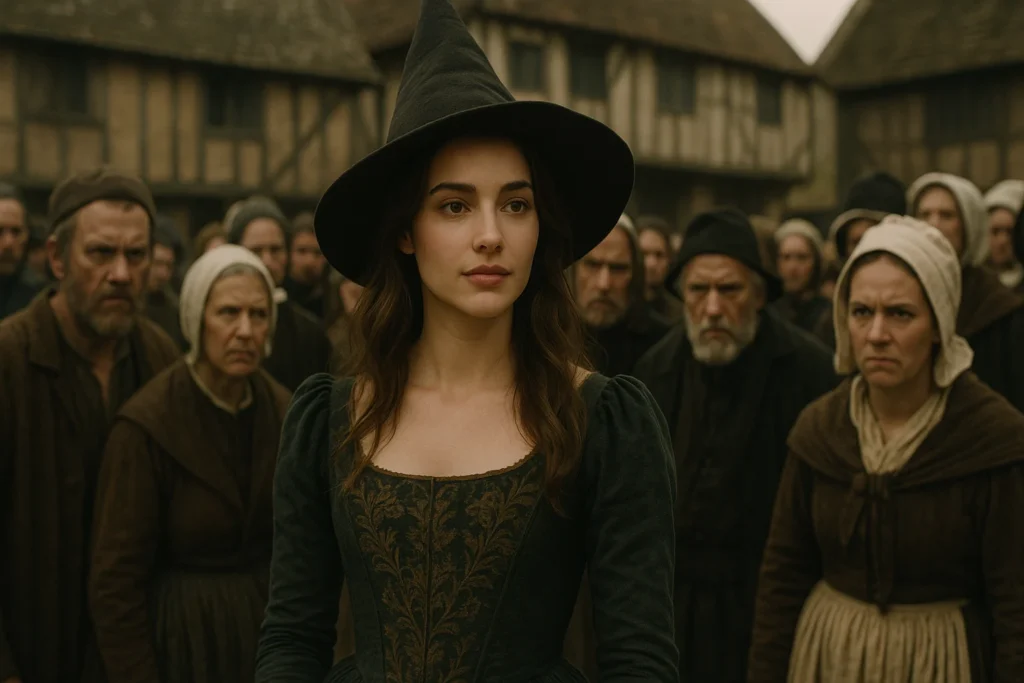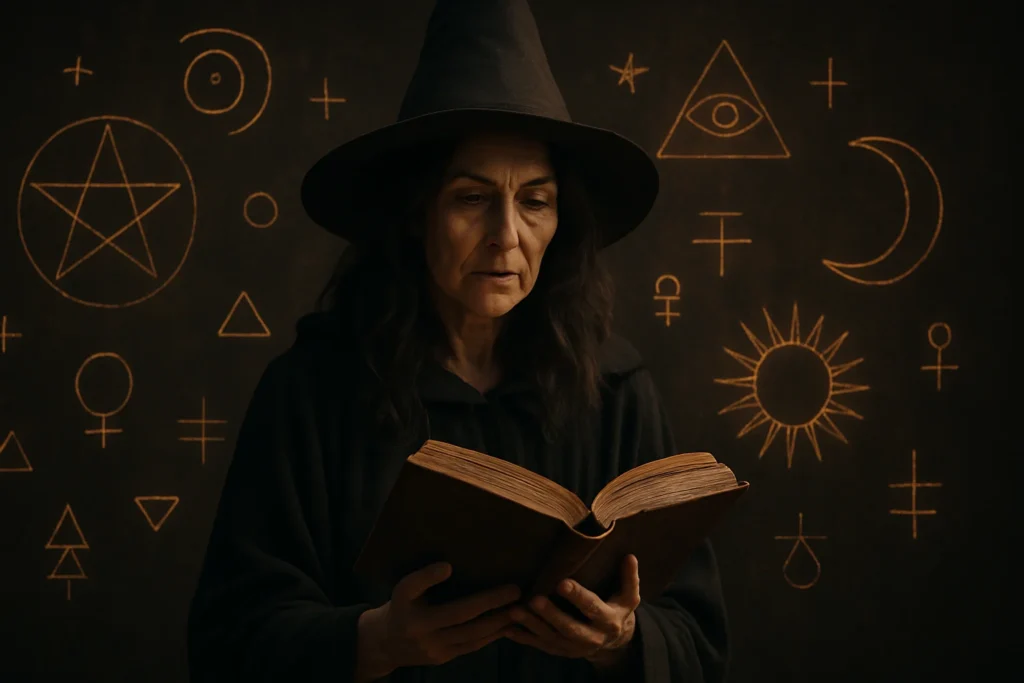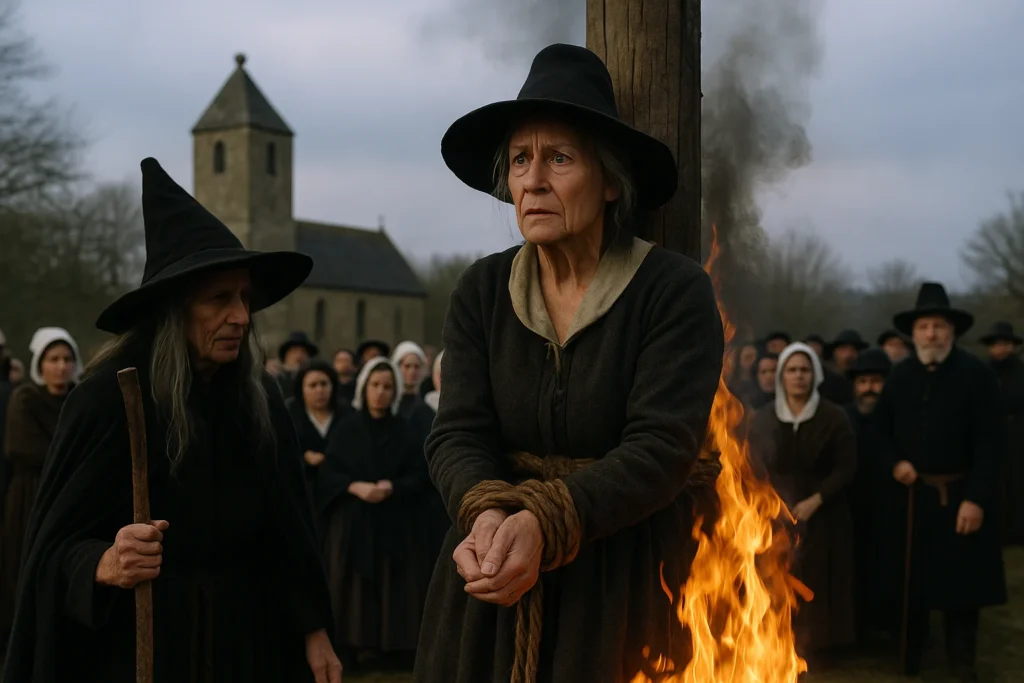For centuries, the image of a witch has been tied to fear, superstition, and persecution, especially against women. I think most of us, at some point, have seen or read about the terrifying witch trials of Salem, or the burning of women at the stake in Europe. But why were women accused of being witches in the first place? And why was this tragic chapter in history so gendered?
In this article, I’ll break down the historical, social, and psychological factors that led to the widespread witch hunts and why the vast majority of victims were women. I have read multiple historical texts and studies to get to the root of this issue, and what I found was both disturbing and enlightening.


Historical Context: Witch Hunts and Mass Hysteria
Witch hunts began in the Middle Ages but escalated dramatically between the 15th and 18th centuries. During this time, thousands of people were executed for witchcraft, and the majority of them were women. The infamous Salem Witch Trials of 1692 are just one example, but similar events took place across Europe for hundreds of years.
I have seen old records and scholarly work showing that witchcraft was often used as a scapegoat during times of social crisis—plagues, wars, crop failures, and religious upheaval. In times of fear and uncertainty, people looked for someone to blame.
The Gendered Nature of Witch Accusations
1. Misogyny and Patriarchy
One of the key reasons women were targeted is deeply rooted in misogyny. I have read that many religious and philosophical texts from the time portrayed women as morally weaker, more emotional, and more susceptible to temptation. The Malleus Maleficarum, a 15th-century witch-hunting manual written by two German inquisitors, explicitly claimed that women were more likely to become witches because they were “weaker in faith” and “more carnal.”
This text, which I’ve seen referenced in many academic sources, was used for centuries as justification for witch hunts. It described how women used sex, beauty, and manipulation to control men—playing into deep-seated fears about female power.
2. Economic and Social Status
Most women accused of witchcraft were poor, widowed, or otherwise socially marginalized. I have read that in small rural communities, older women who lived alone were especially vulnerable. Their independence and isolation made them easy targets.
I think this also had to do with property and power. Accusing someone of witchcraft often led to confiscation of land or wealth. Women who inherited property or defied traditional roles threatened the patriarchal status quo, and calling them witches was a way to remove that threat.
3. Healers and Midwives
Interestingly, many of the women accused of being witches were herbalists, midwives, or folk healers. I’ve seen accounts describing how their knowledge of medicine and the human body was misunderstood—or seen as dangerous. In a time when medicine was dominated by men and tightly controlled by the Church, a woman who could heal was sometimes labeled as unnatural or demonic.
The Role of Religion and Superstition
Religious belief played a massive role in shaping attitudes toward witches. I have read countless accounts where Church authorities claimed that witches made pacts with the Devil, flew at night, and cursed entire villages.
Biblical verses were often used to justify persecution. “Thou shalt not suffer a witch to live” (Exodus 22:18) was frequently cited as a divine command. I think religion became both a moral and legal weapon in enforcing these witch trials. The fear of eternal damnation made people believe they were doing God’s work.sychological and Social Mechanisms
1. Mass Hysteria and False Memories
From what I’ve read, many witch trials were fueled by mass hysteria. In Salem, for example, teenage girls began to exhibit strange behaviors and accused others of bewitching them. This led to a wave of panic, with neighbor accusing neighbor. The phenomenon of “spectral evidence”—claiming to see a person’s spirit or ghost committing harm—was accepted in court.
I think this says a lot about the power of fear and suggestion. In close-knit, superstitious societies, even a rumor could spiral into a death sentence.
2. Jealousy, Revenge, and Social Pressure
Many accusations were based on personal grudges. I’ve seen evidence that a neighbor’s quarrel, a family dispute, or even envy over someone’s good fortune could quickly escalate into a charge of witchcraft. Women were accused simply because they didn’t conform, spoke their mind, or stood out from the crowd.Why This Still Matters Today
While we no longer burn witches at the stake, the social dynamics behind the witch hunts still exist. I think we need to recognize how fear, misogyny, and ignorance can still lead to the persecution of women—whether in politics, media, or everyday life.
Even today, in some regions of the world, women are still accused of witchcraft and killed. I have read about recent incidents in parts of Africa and India where traditional beliefs continue to endanger women.


Final Thoughts
So, why were women accused of being witches? The answer lies in a dangerous mix of religion, fear, misogyny, and power dynamics. I think the history of witch trials teaches us not just about the past, but about the patterns of injustice that still haunt us today.
As someone who has seen the historical documents, read the testimonies, and studied the cultural narratives, I believe that the witch trials weren’t just about witches—they were about control. About silencing women. About using fear to enforce conformity.

